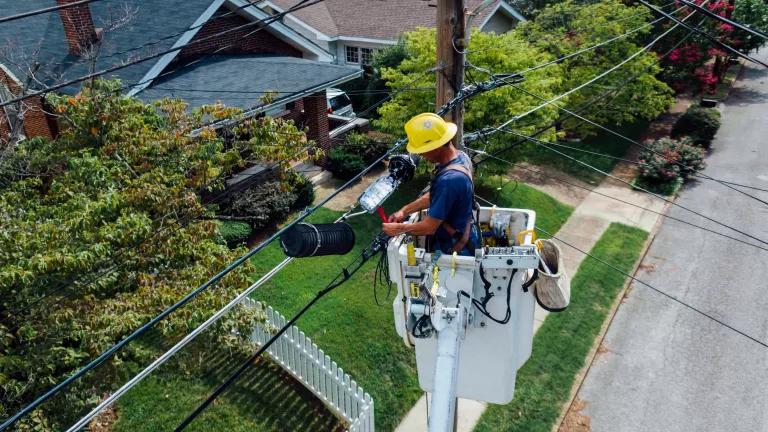Report: Federal Weatherization Assistance Program Provides Benefits Four Times Its Costs

The federal Weatherization Assistance Program (WAP) provides low-income households with more than $13,000 in energy, health, and safety benefits - four times the cost - according to recently released data that contrasts sharply with a controversial working paper that drew overly broad conclusions about the effectiveness of all residential energy efficiency programs.
The ORNL evaluations - which the Department of Energy says are nearing completion -- stand in contrast to a recent non-peer reviewed working paper by a group of researchers from the E2e project. As reported by my colleagues (here, here, here, and here), that paper about a WAP program in Michigan had a number of flaws and broadly cast doubt on the cost-effectiveness of all residential energy efficiency, even though one of the study authors and the study itself cautioned that it shouldn't be generalized beyond the Michigan program..
WAP provides more than energy savings
A major flaw of the E2e paper is that it counted the costs but not the benefits of non-energy WAP investments like asbestos removal and mold abatement that improve the health and safety of residents, but don't save energy. In contrast, the ORNL evaluations summary shows that the WAP program provides energy savings that exceed costs by a factor of 1.4. And the overall benefit to cost ratio rises to 4.1 when health and safety benefits are also included.
A careful comparison shows a number of consistencies between the working paper and the peer-reviewed evaluations and identifies the reasons for the differing conclusions. In particular, the E2e paper covered homes that use less energy than those typically served by WAP and focused solely on the period covered by the Recovery Act, which was also not representative of the program over the long term. Adjusting for these factors, as well as the treatment of the health and safety investments mentioned earlier, shows fairly consistent results. Both studies found that weatherization provides about 10 to 20 percent energy savings and the cost estimates that differed by only 3 percent.
Overall, the ORNL summary once again demonstrates the fact that energy efficiency remains the easiest, cheapest, cleanest, and fastest option to reduce pollution by reducing the need to burn fossil fuels to create energy. It also saves money, improves public health, provides affordable and reliable energy services and creates good, middle-class jobs that benefit the economy.
Photo courtesy Retrofit Baltimore



